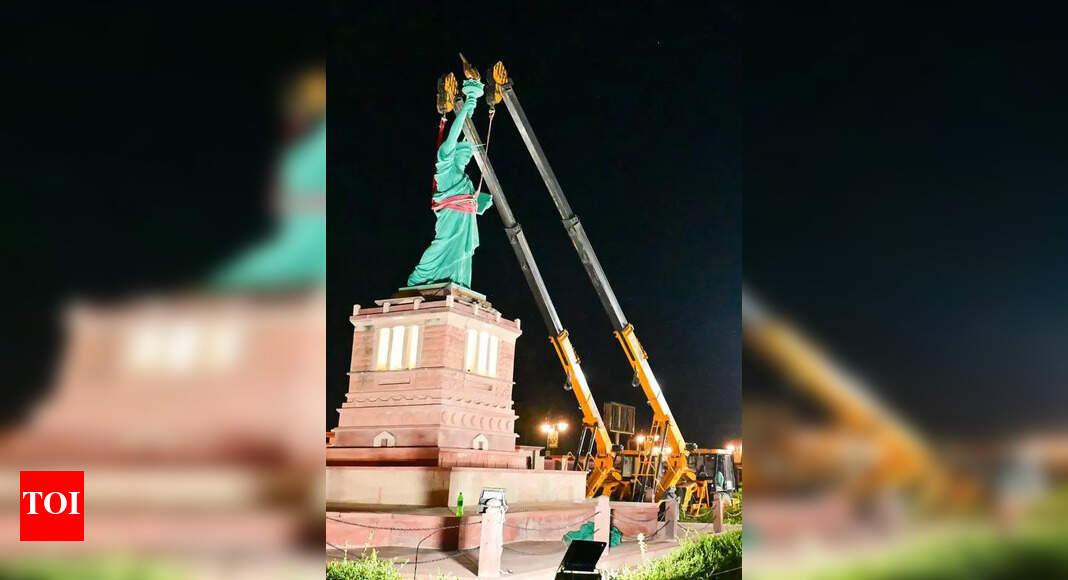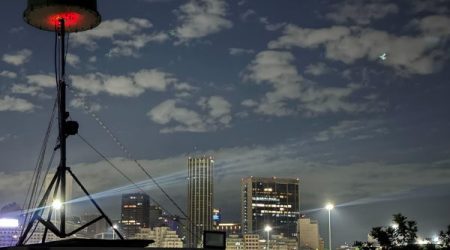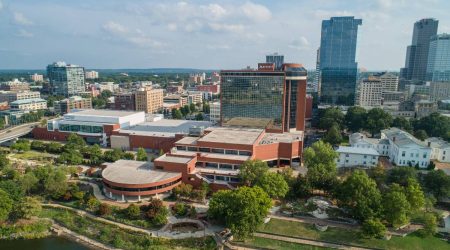Key Takeaways
- Ajmer Smart City Limited faces criticism for major structures either being demolished or unused, raising concerns over public funds.
- Residents express frustration over inadequate infrastructure, including a failing drainage system and unusable facilities.
- The smart city project, launched in 2016 with a budget of Rs 1,845 crore, aimed to improve basic urban amenities but has largely fallen short of its goals.
Criticism of Smart City Initiatives in Ajmer
Ajmer Smart City Limited, tasked with implementing the Smart Cities Mission in Ajmer, is under fire for constructing major structures that are either being dismantled or languishing unused due to safety concerns. Residents have voiced anger over the perceived waste of crores of public money, exacerbated by ongoing political finger-pointing between the BJP and Congress.
Notable structures affected include a food court near Lavkush Garden, which has been demolished, and a replica of the seven wonders near Anasagar Lake, which is also being taken down. The elevated road was rendered unusable after a court order, and modifications to Gandhi Udyan have not met residents’ expectations.
The company commenced its operations in 2016 with an ambitious budget of Rs 1,845 crore. However, the personnel managing the project were mainly officials and engineers from other departments, rather than specialists in urban development. A retired engineer highlighted that the board was primarily composed of local government figures, which may have contributed to the project’s shortcomings.
The original vision for Ajmer’s smart city initiative encompassed essential services like improved roads, drainage, sewage systems, parks, and facilities for women and people with disabilities. Yet many of these developments have proven ineffective. According to veteran resident Dinesh Bohara from Shastri Nagar, the city’s drainage and sewage systems have collapsed entirely, and there are no adequate footpaths or walking tracks.
Furthermore, several newly constructed cycle stands have gone unused by the public, while the contractor profited from advertisements placed on them, according to a retired official. Despite efforts to showcase growth through various constructions, including a complex at Patel Stadium and pathways around Anasagar Lake, the projected utilities remain largely underutilized.
As criticism mounts, the community’s disappointment reflects a broader concern over how public resources are managed in urban development initiatives. The aspirations for a modernized and functional city have not materialized, leaving many residents questioning the investments made and the efficacy of the programming designed to enhance their living conditions.
The content above is a summary. For more details, see the source article.















